The Physics & Astronomy Department is engaged in a broad range of research that explores the nature of gravity and the origin and evolution of the Universe. Theoretical research is conducted on general relativity, alternative-gravity theories, gravitational-wave physics and astrophysics, physical and early-Universe cosmology, and dark matter and dark energy. Relevant experimental/observational work includes direct searches for dark matter, measurements of the cosmic expansion history, galaxy surveys, and cosmic-microwave-background measurements.
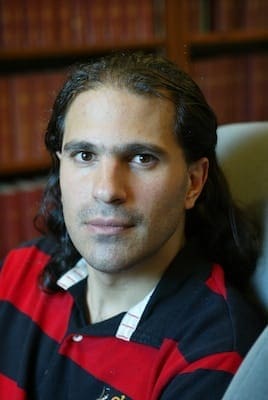
Nima Arkani-Hamed
A professor at the Institute for Advance Study, Arkani-Hamed is also a Visiting Professor in the Department of Physics and Astronomy at Johns Hopkins. Arkani-Hamed is a particle theorist with broad interests, among them the physics behind inflation and the nature of dark matter. Arkani-Hamed is also currently pursuing fundamental new paradigms that may ultimately supplant our notions of space and time.
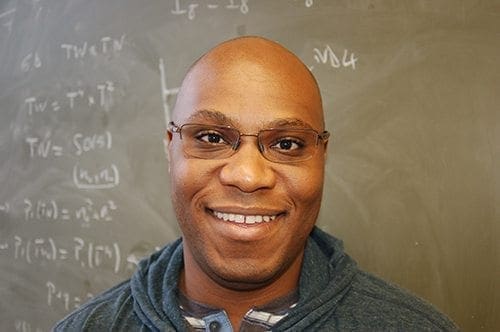
Ibrahima Bah
Bah is a theoretical physicist with a general research interest is in theoretical high-energy physics and cosmology. He explores the relations between quantum field theories, string theory and gravity via the framework of holography. Bah is also interested in fundamental aspect of black holes and their role in nature. His research work is part of a larger research program in high-energy physics whose main goal is to understand a quantum theory of gravity.
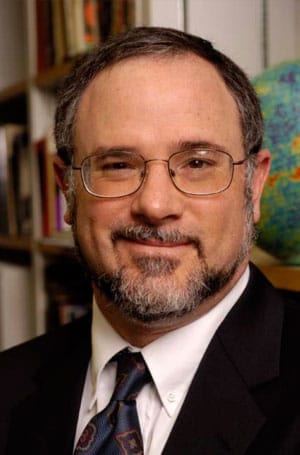
Chuck Bennett
Chuck Bennett is an experimental cosmologist perhaps best known for his role as Principal Investigator of NASA’s Wilkinson Microwave Anisotropy Probe (WMAP), the satellite experiment that transformed our view of the Universe and the nature of its contents. Earlier, Bennett served as the Deputy PI of the COBE space mission Differential Microwave Radiometers experiment. He is now involved in the CLASS (Cosmology Large-Angular-Scale Surveyor) experiment which has measured the polarization of the large-angular scale Cosmic Microwave Background (CMB). He is also a member of the Euclid space science consortium and of the Subaru Prime Focus Spectrograph (SPFS). CMB observations are the cornerstone of modern cosmology. Analyses of data from the Wilkinson Microwave Probe (WMAP) and the Planck space missions lead to strong constraints on cosmology. The Standard Model of Cosmology is fit by only 6 cosmological parameters. However, the model remains incomplete. We do not know the identity of the particles that compose the Cold Dark Matter nor do we know the nature of the dark energy. The current expansion rate of the universe, the Hubble constant, is predicted by the CMB model and is currently in conflict with current local measurements. Other tensions between data and the Standard Model may also exist. Models to alter the Standard Model of Cosmology must be confronted with and constrained by cosmological data, included but not limited to the CMB. Fortunately, current cosmological data are quite constraining, placing severe limitations on new theories. CMB measurements are limited by contamination from Milky Way microwave emission. Many methods have been developed to mitigate this contamination, and research advances continue.
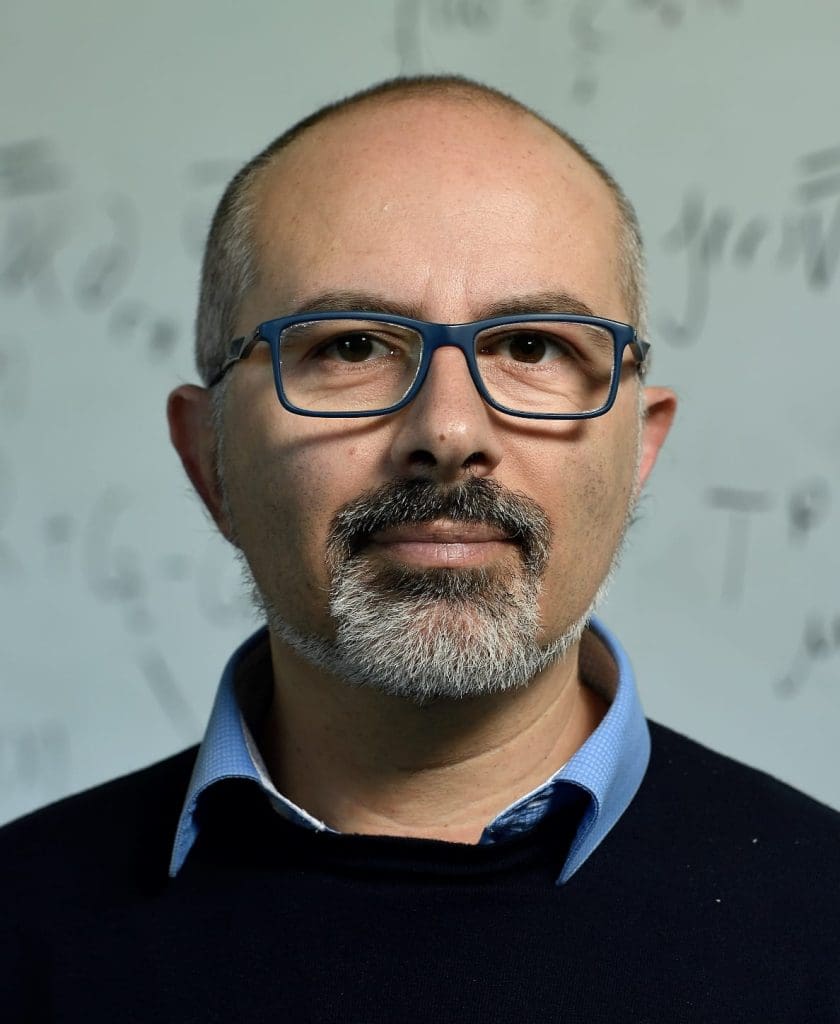
Emanuele Berti
Berti is a theoretical physicist who specializes in gravitational physics and gravitational-wave astronomy. His research interests include the structure, stability, dynamics and formation of black holes and neutron stars; gravitational-wave signatures of modified theories of gravity and physics beyond the Standard Model; using gravitational waves to understand black hole binary astrophysics and cosmology; and preparing for the challenge of detecting gravitational waves in space with LISA.
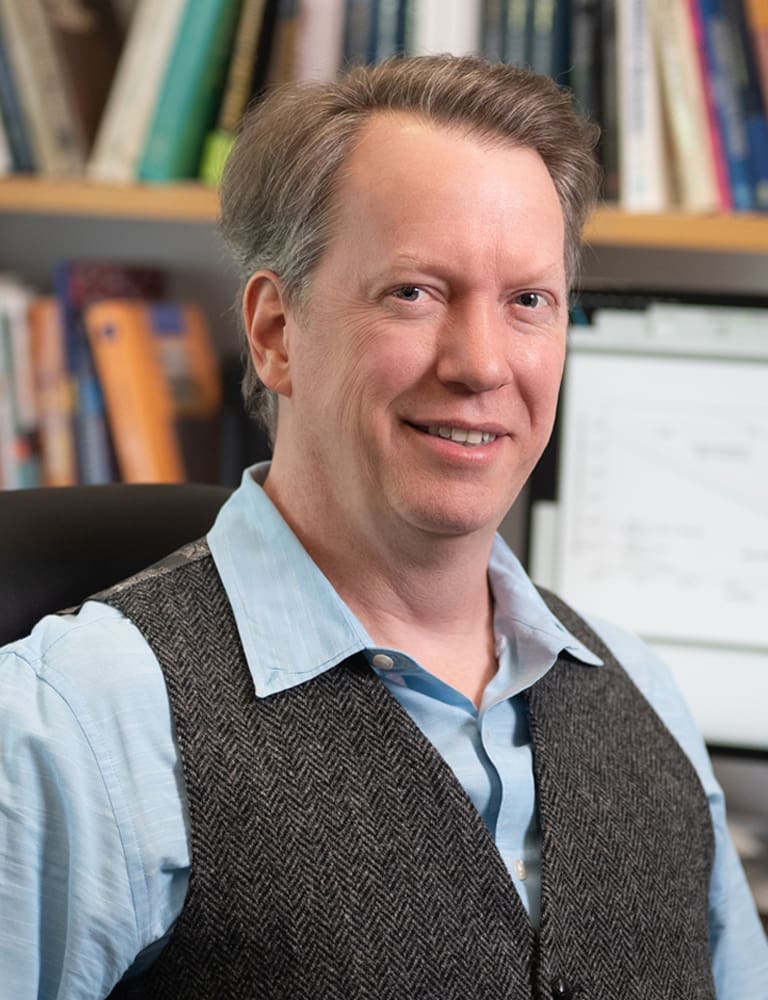
Sean Carroll
Sean Carroll has been working to understand the emergence of spacetime from a quantum state in Hilbert space. Traditionally, physicists construct quantum theories by starting with classical theories and “quantizing” them, but presumably nature doesn’t do that. It is interesting to ask whether one can start with a vector in a large Hilbert space and a Hamiltonian operator, and from that ask whether spacetime and quantum fields can emerge from it. Progress has been made in understanding the origin of spacetime and Einstein’s equation, the emergence of the classical limit, and the nature of cosmological expansion and de Sitter space. Current work focuses on understanding the origin of Lorentz invariance, the problem of time, the origin of locality, and possible experimental consequences.
Carroll’s other research concerns the origin and evolution of complexity in the universe. Entropy increases over time, but complexity first grows and then disappears over cosmological time. Carroll is using techniques from information theory and stochastic thermodynamics to try to understand this behavior in a general context.

Marc Kamionkowski
Prof. Marc Kamionkowski works on a variety of subjects in cosmology and astrophysics. His recent work involves the development of new theoretical tools to study dark-matter properties; work on the growth of cosmological density perturbations, relevant for cosmic microwave background experiments and galaxy surveys; and gravitational-wave astrophysics. He is also interested in aspects of stellar and high-energy astrophysics, neutrino physics/astrophysics, the interstellar medium, and galactic dynamics.
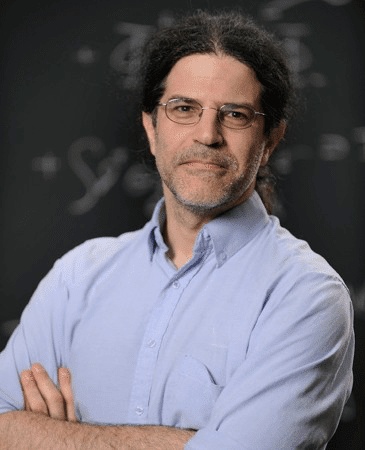
David Kaplan
David Kaplan is a particle theorist whose wide interests include several subjects in cosmology. He is responsible for some of the most inventive and influential recent ideas for dark matter, including several that relate the origin of dark matter to that of the ordinary atomic matter of which we are composed. Kaplan is also known for his role as producer (and co-star) of “Particle Fever,” a feature-length documentary that follows the discovery of the Higgs boson at the Large Hadron Collider. Kaplan is currently exploring several new ideas for dark matter and new strategies for dark-matter detection.
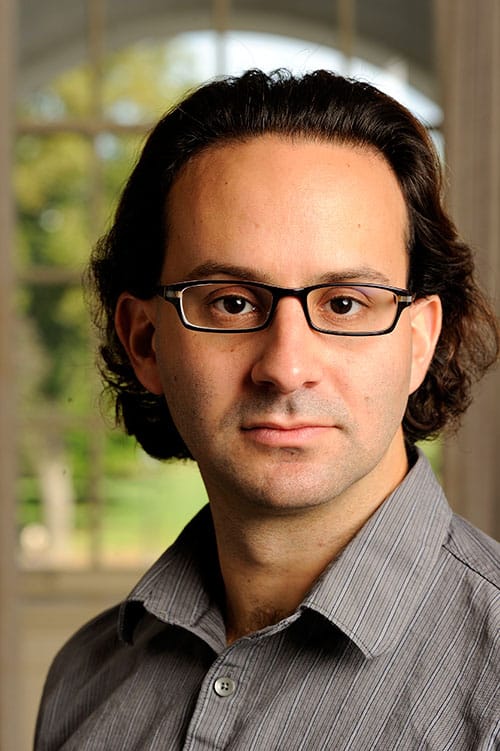
Jared Kaplan
Jared Kaplan is a particle theorist of remarkably broad interests that extend from condensed-matter theory to the early Universe. He is known in the world of cosmology as co-creator of the effective field theory of inflation, a novel and powerful way to look at inflation, and for his work on dark matter. His current work on black-hole physics in unusual spacetimes holds promise to elucidate the fundamental physics that may underlie inflation.

Toby Marriage
Tobias (Toby) Marriage is an experimental cosmologist who before arriving and during his initial years at Johns Hopkins played a central role in the Atacama Cosmology Telescope. Chief among the results that he contributed to were studies of galaxies and galaxy clusters. Toby is currently co-leading (with Chuck Bennett) the Cosmology Large Angular Scale Surveyor (CLASS) experiment, which has built cosmic microwave background (CMB) telescopes that operate in the Andes of Northern Chile. CLASS employs innovative instrumentation and analyses to extract information about reionization from CMB polarization data despite terrestrial contamination.
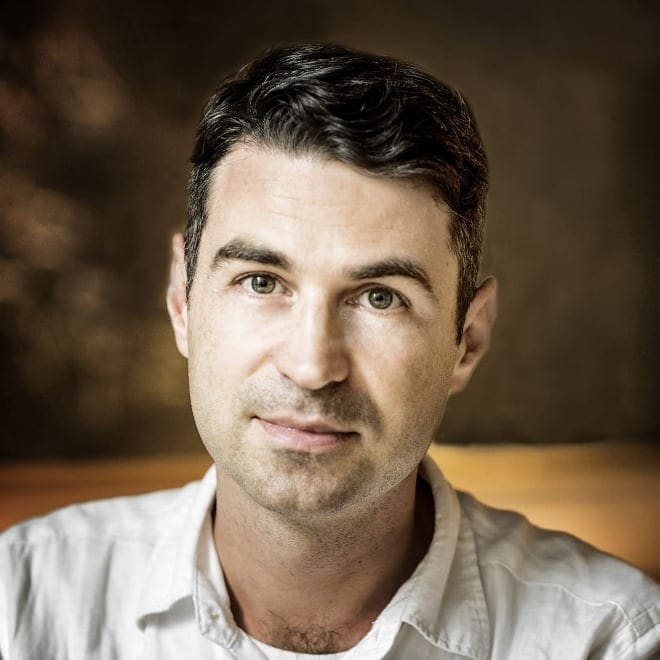
Brice Ménard
Ménard is an observational cosmologist who specializes in distilling novel and important science results from large astronomical data sets. This work has led to major advances in our ability to determine the distribution of dark matter in the Universe and the discovery of vast reservoirs of interstellar dust in galactic halos. Ménard is currently developing a new approach to determine cosmic distances, a technique that is likely to considerably augment how science is done with future cosmic surveys. He will also study the properties of the dark Universe as a member of the Euclid science consortium and of the Subaru Prime Focus Spectrograph (SPFS).

Danielle Norcini
Danielle Norcini is an experimental particle physicist searching for dark matter and investigating the nature of neutrinos. Currently, her group is advancing experiments that use low energy-threshold skipper CCDs to directly detect dark matter underground. Norcini was previously a KICP & Grainger fellow at The University of Chicago, received her PhD from Yale University, and earned both a BS in Physics and BA in Philosophy from Penn State University.
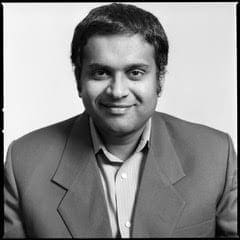
Surjeet Rajendran
Rajendran’s scholarly interests are in theoretical physics with a strong focus on physics beyond the standard model. Prior to coming to Hopkins, he was the Henry Shenker Professor of Physics at the University of California, Berkeley. He holds a PhD in physics from Stanford University.

Adam Riess
Riess is an observational cosmologist interested in measurements of the cosmic expansion history. He was one of the key players in the 1998 discovery of accelerated cosmic expansion, which suggests that the Universe is filled with some negative-pressure “dark energy” that drives galaxies away from each other. His work since then has placed important constraints on the nature of this dark energy. He has also been leading an array of projects that provide the most stringent constraints to the Hubble constant, the parameter that measures the expansion rate of the Universe today.
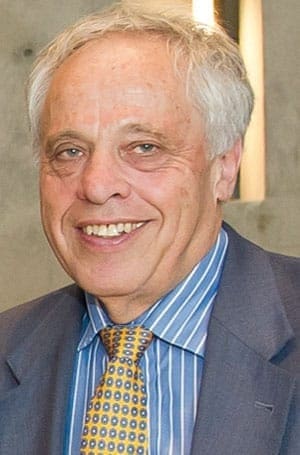
Joseph Silk
Silk, who splits his time between Johns Hopkins, Oxford University, and the Institut d’Astrophysique in Paris, is one of the grey eminences of cosmology, with nearly half a century of contributions to a stunning variety of subjects in cosmology, physics, and astronomy. This includes pioneering work on the cosmic microwave background and ideas that have motivated a variety of the most significant current experimental efforts to detect dark matter. Silk currently works on a broad array of subjects, including dark matter, the physics of black holes, inflation, and galaxy formation.

Danielle Speller
Speller is a researcher in experimental nuclear and particle astrophysics. Her work centers on understanding the nature of matter and mass through low-energy, cryogenic searches for physics beyond the standard model. Professor Speller is a collaborator on both the Cryogenic Underground Observatory for Rare Events (CUORE) and the Haloscope at Yale Sensitive to Axion Cold dark matter (HAYSTAC), as well as related R&D projects. Her graduate work was with the Super Cryogenic Dark Matter Search experiment (SuperCDMS).

Alex Szalay
Szalay’s career has spanned an enormous range, beginning with important early theoretical contributions to particle astrophysics and cosmic statistics. He was the chief architect of the Sloan Digital Sky Survey Data Archive and has become known as one of the chief pioneers of big-data astronomy. His interests in big data have evolved into an array of subjects within computational astrophysics and to areas of science well beyond astrophysics. His current research includes work on the large-scale structure of the Universe, data-archiving and data-mining techniques, and the mechanisms for doing science with future cosmology surveys
